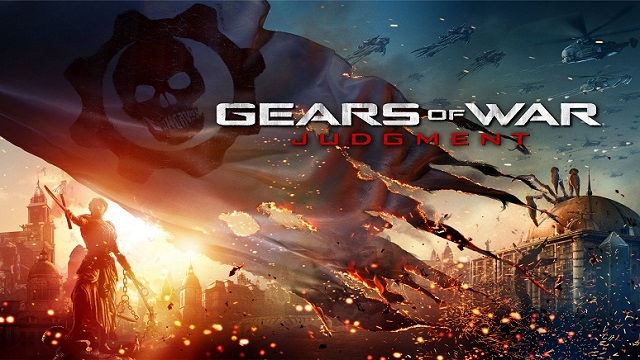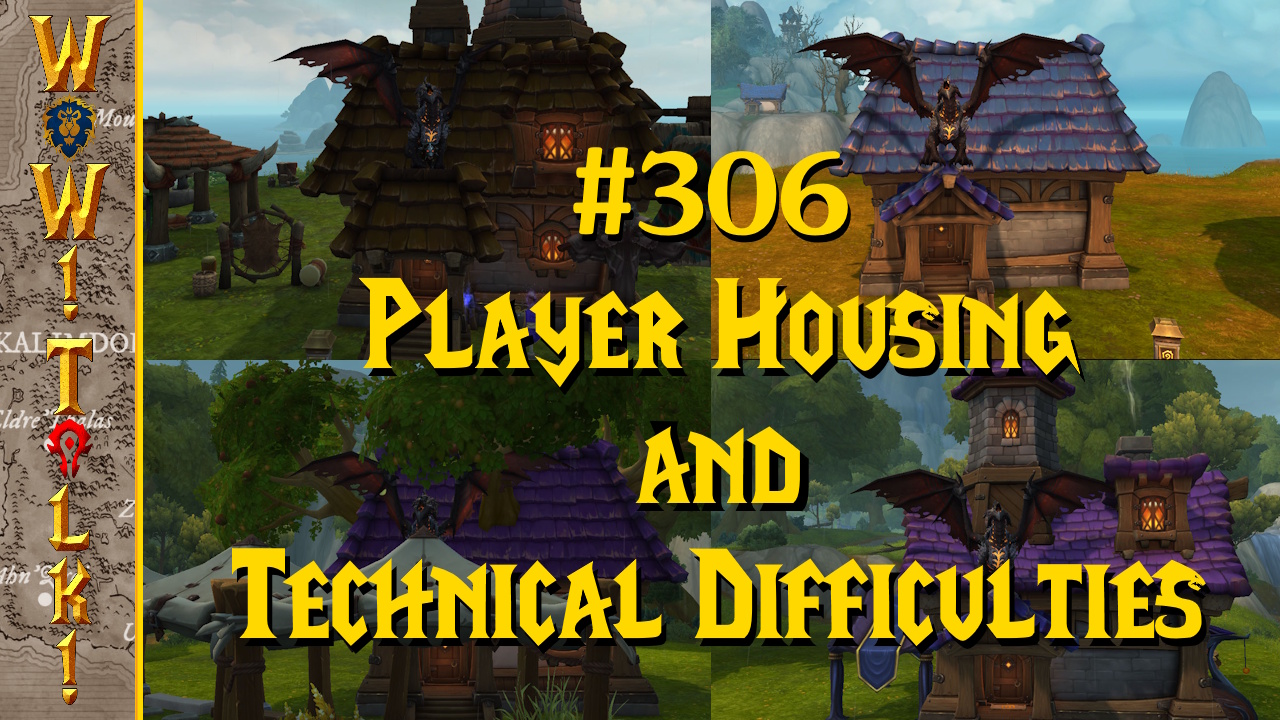
It was when I played the Aftermath section of Gears of War: Judgment that I realized that something about the game was very flawed. It seemed like someone had mixed up which section of the game should be the campaign and which should be the short add-on. I like some of the ideas that play out in the main campaign, but they’re the sort of ideas that work in an extra mode and not the full story. The game feels like an expansion pack because of these ideas, or like a side mode that got out of hand. It’s fun, but feels empty and a little lifeless at times. Also, four maps for multiplayer? Even I know that’s just plain wrong.
Since the locust are all finished and Marcus Fenix is off on a beach somewhere writing sad sonnets about Dom’s beard, we get to go down the prequel route and play as Baird in the years leading up to the first game. Gears of War: Judgment is about a couple of events that have lead to members of Kilo Squad (Baird, Cole, Russian, and Too Tight Pants) being court martialed. You get to experience each act through the eyes of one member of the squad, as your playthrough will form their testimony. Now, this could have been really cool, something where your actions in the game alter the course of the plot and the ending, but that’s not what they did. They decided to go for something that seemed a lot more boring.
There is very little plot or character interaction, something that really takes a lot of the shine out of this game. You get a couple of lines from the characters around the start and end of the acts, but it all feels very flat. I never felt like the plot was something that had anything to do with what was happening on the screen, if that makes any sense. It felt like I would go through a gunfight in a building or location, one that didn’t seem to have any importance to the story at all, and then a voice would come on and try to make those events form into a story. It just felt like a series of different challenge rooms that were strung together, and that the thin plot would try to nudge itself in afterwards. It’s an effect that is very difficult to describe, but the story and characters feel more like afterthoughts. Gears of War might not have the greatest storytelling at times, but the fiction and characters of this universe are what make the games feel so powerful and interesting.

They clearly understood that a little bit in the Aftermath campaign. It followed a specific series of events that all flowed together in a coherent way. I came to an area, fought my way through it, and then moved on into the next spot. I met characters and interacted with them in the game rather than through a voice-over, and through the game’s events came to a different place and an eventual victory. The battles were set up and paced throughout, giving me a sense of constant escalation. The game felt more like I was playing through a narrative and not just a series of events that had been given a forced narrative. Again, it’s hard to describe, but play through the main campaign and Aftermath and it’s impossible to miss the difference.
On top of being lifeless in its narrative, the combat just feels dull. The action is solid, but it feels like the enemy mobs have been put together in lazy ways. The game has an ability to randomize the groups of locust who show up to fight you over the course of the game, making sure you never have the same fight twice if you keep dying. I’m sure that’s great for people who worry about replay value, but what if none of these mobs are all that compelling to begin with? I didn’t run into a single fight during the main campaign that was half as good as those during Aftermath. It just felt like the game was randomly throwing groups together without any thought, and just felt weak compared to the rigidly scripted fights during Aftermath.
The developers tried to make up for it by allowing you to ‘Declassify’ each section of the game. I thought this might mean additional missions that would broaden the story, but all they do is annoy me. They might force you to use specific weapons during a sequence, add tougher enemies to a fight, obscure the battlefield, or just give you an obscenely short time to finish everything. Now, these are interesting and can make for some really tense shootouts, but only a few of them made my life more difficult in any appreciable way. Also, while the enemies are randomized the declassifying criteria is not, so you can keep attempting the same map over and over until you get an easy mob to get by. I think the declassifying elements should have been random with some really tight set-piece battles, as that could have given the game the replay value it was looking for while still being full of great fights. As is, you get some fights that feel slapped together and some annoying criteria to steamroll the mobs with. Declassifying these missions makes them more inconvenient, not harder as they should.

They still haven’t fixed the difficulty for single player, either. Playing it on co-op is just fine, but the single player on Hardcore is still far too easy. Gears of War and Gears of War 2 both had satisfying, challenging campaigns on hardcore difficulty. If you screwed around on these modes, you were dead. Now, I know the more recent games want people to feel free to leave cover at times to keep the game more exciting, but I should not be able to clear out a whole map using my chainsaw on Hardcore difficulty. It just isn’t all that hard, and declassifying doesn’t make it any harder. If you want any challenge from this game you have to play it with a friend. There’s just no other choice.
With the campaign being as dull as it is, thankfully there’s still the multiplayer to goof off with. The newcomer to this game is Overrun, a mingling of the Horde and Beast game modes. As the COG, you’re tasked with protecting a point on the map from taking damage (Think Gold Rush from Battlefield). You have a couple of different classes to pick from, with engineers who can drop turrets and repair fortifications, soldiers who can drop ammo, medics who can heal, and a sniper who can spot targets. Used in tandem, these abilities give each player a specific job that will help the team beat back the locust. It really encourages working together, although I’m a pretty big fan of getting a bunch of engineers together and just spamming turrets until all resistance is a red paste.
After a few rounds as the COG you switch to the locust side, and this is where your practice at Beast Mode will come into play. Many of the locust are carryovers from Beast Mode, with most of them having useful abilities if they all fight together (Think Left 4 Dead while playing as the infected, now). The Kantus healer and Mauler tank combination might be something you’d want to look into if you enjoy stomping your competition. It’s still very cool to play as the odd locust like serapedes, and this mode feels a lot more interesting than Beast Mode ever was. It feels a lot more involved with its objectives, and it’s just plain more fun to play against human opponents at this game than computer AIs.

That’s the only mode you’ll be playing as the locust in, though. In every other play type you’re stuck playing as the COG, something I really don’t understand. Sure, you can unlock lots of little color schemes for your COG guy with prize boxes and experience points you earn through playing the game, but none of that is allowing me to play as a Theron Guard or Locust Grenadier. Some stupid bee coloration isn’t going to balance that out. It used to be extremely easy to tell who your opponents were in a game of Gears of War multiplayer as they were visibly different. If I was playing as COG and I saw a locust, I would shoot it. Now, I have to waste a few precious seconds figuring out if the person I’m looking at is on a different team, something that typically means my death. The visual difference between teams is very useful for someone who doesn’t get to play all that often, so seeing it taken out for no reason just doesn’t make any sense to me.
On top of that, there’s only four maps. That’s pretty inexcusable for this series or any other shooter. A little variety can really make most game types interesting, and while I imagine play tends to get stuck on a handful of maps everyone likes there’s at least some variety every once in a while. You can teach yourself to get good at maps people don’t play all that often so you can gain an advantage, but if there’s only four maps in the game then everyone is going to know them well. They’ll probably all play them relatively the same way, too. I think for the full retail price I paid for this game, I deserve a few more maps to play on.
It seems fairly indicative of the whole game, though. There were lots of little double experience game types and costume add-ons in the menus with a price tag hanging off of them. While the game is constantly giving you experience points for everything you do, those points rarely do anything. You gain levels, but unlike Gears of War 3 most levels you gain have no effect. You might get something every once in a while, but for the most part the game’s unlockables cost money. The experience points and meters are nothing more than fluff, giving minor rewards rarely so you feel like you’re gaining something. Meanwhile, all the stuff you should be gaining is sitting behind a pay wall, making you wonder why you should care about any of this stuff at all.
In the end, I didn’t. Overrun is a neat play type, but it is pretty much the only offering on the disk that’s worth any kind of investment. The campaign is uninspired, the story is boring and delivered without any ability, and the declassifying aspect of the game just makes the campaign more aggravating. If they’d been willing to turn Aftermath into the whole campaign they might have had something worthwhile to play, but instead it just exists as a painful reminder that these people can do a much better job and just choose not to. With its piddling amount of maps for its multiplayer, you’re much better off picking up Gears of War 2 or Gears of War 3 if you want to see any kind of decent return for your money. This one is a shameless cash grab and is a ghost of what the series used to be.




